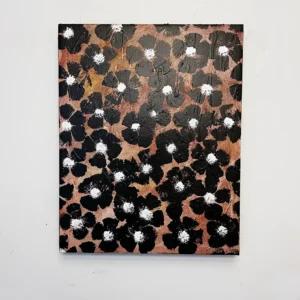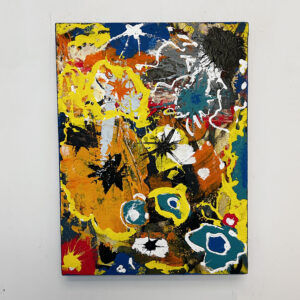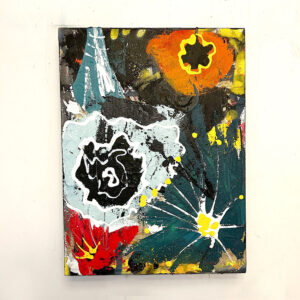The use of color in abstract art is a powerful tool that can evoke deep emotions within the viewer. Color has the ability to create a certain atmosphere and can be used to convey emotion, mood, and even culture. But what is it about color that affects us so deeply?
In Pittsburgh, we often turn to psychology to explain why certain colors may have an impact on our psyche. According to psychoanalytic theory, each color carries its own symbolism and meaning. For example, blue can signify peace and tranquility while red might suggest energy or passion. By using various shades of these colors in their work, abstract artists can draw out specific emotions from viewers.
Color psychology also comes into play when considering how different hues might affect a person’s mood. Studies have found that certain colors stimulate creativity or invoke feelings of calm, while others can be overwhelming and distracting. By carefully selecting the right combination of hues, abstract artists can create pieces that evoke powerful emotions for their audience.
The impact of color in abstract art is undeniable. Whether we recognize it consciously or not, an artist’s choice of color can heavily influence our experience when viewing the work. Through a deeper understanding of how color relates to psychology, abstract artists can use their skillful use of shades to evoke powerful responses from viewers. In Pittsburgh and beyond, this unique application of color is helping to shape the world around us in meaningful ways.
This content was written to explore the impact of color in abstract art and the psychology behind it. Pittsburgh is a particularly vibrant city that often turns to psychoanalytic theory and color psychology for insight. By using their skillful use of hues, abstract artists can create pieces that evoke powerful emotions from viewers. This unique application of color has the potential to shape our world in meaningful ways.


